Heat treatment: A method for decontaminating poultry feeds
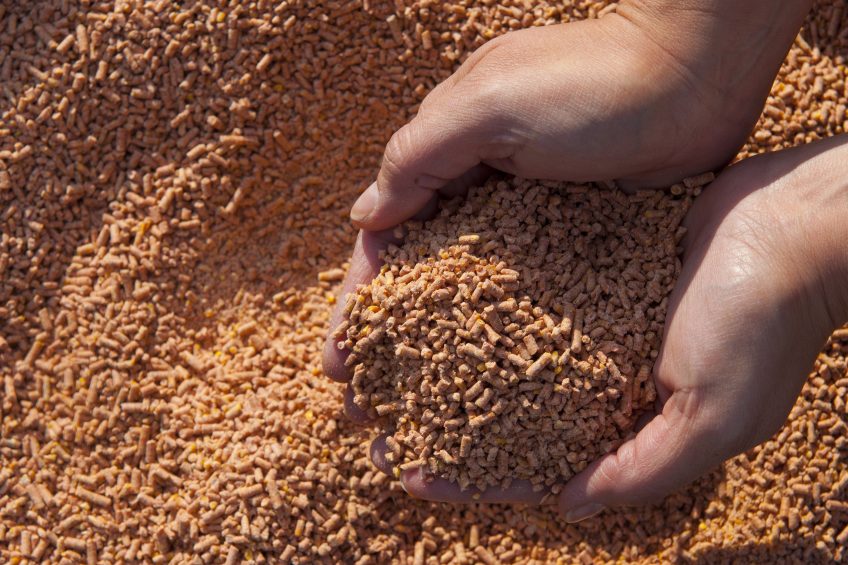
Heat treatment is a proven alternative method of decontamination to formaldehyde and other chemical treatments and is generally accepted as an effective means of Salmonella destruction in raw materials.
Salmonella contamination of poultry and poultry products remains a concern for the poultry industry. The traditional methods of reducing microbial contamination in feed raw materials have been compromised within the EU recently with the ban on the incorporation of formaldehyde in feed additives.
Heat treatment – objectives
There are many recommendations for the heat treatment of poultry feeds published in the literature. For broiler feeds, a moderate level of heat treatment is likely to kill most of the Salmonella and damage any remaining Salmonella. For breeder flocks higher levels of heat treatment will be required as any Salmonella not killed will have enough time to repair and grow during the life of the flock leading to outbreaks later on.
The first thing to consider with heat treatment is the incidence of Salmonella and the levels of contamination. This will vary depending on the raw material(s) in question. Secondly a balance must be sought between the need to destroy Salmonella and the effect of heat on, vitamin inclusion in the finished feed, the levels of starch gelatinisation achieved, protein denaturation and other anti-nutritional factors. The effect of heat treatment on the nutrient quality of the finished feed should be routinely checked to ensure that diets are achieving correct specification.
Once the feed has been decontaminated, of equal importance is the ability of a feed mill to prevent recontamination of the feed post treatment.
Heat treatment – effectiveness
Aviagen has established that heating at 86oC for 6 minutes at 15% relative humidity is enough to destroy mesophilic bacterial populations at a level of 105 per gram. This heat treatment process will need to be altered depending on the equipment being used and when installing new heat treatment equipment in a feed meal, it’s effectiveness at destroying Salmonella should be tested.
Heat treatment effectiveness will also be affected by the moisture content of the raw materials, steam quality (moisture content) and how the feed passes through the equipment – this should be first in, first out in nature to ensure even heat treatment.
The treatment process should also consider changing environmental parameters in the thermal treatment plant, for example as temperature rises, pH of feed falls, and Salmonella becomes less heat resistant. The addition of heat by pelleting, for example, will be minimal and should not be considered as part of the thermal process.
Heat treatment technology
There are a range of different technologies available to achieve the desired standards of heat treatment (Table 1). Aviagen currently uses steam conditioning followed by long-term retention. The conditioner introduces steam to the raw materials and the retention vessel ensures an even heat treatment through its first in first out properties.
The choice of equipment and heat treatment parameters will depend on the overall objective e.g. ‘Free of Salmonella’ (i.e. a reduction in counts to a level below that of the infective dose of day-old chicks), ‘Guaranteed free of Salmonella’ (complete kill with 99% confidence), and the feed form to be produced.
Heat treatment is seen as a ‘breakpoint’ in the mill production process where decontamination of the feed takes place at a boundary between ‘dirty’ and ‘clean areas’. The production plant needs to be constructed to prevent further recontamination of the clean feed. A full Hazard Analysis Critical Control Point plan (HACCP) is also required to set standards and provide a monitoring and risk analysis to the clean feed, and to monitor any deterioration in the mill structure or process conditions.
Effective decontamination method
Heat treatment of poultry feeds has been shown to be an effective decontamination method for Salmonella. Each heat treatment system however, requires validation to establish efficacy and to determine the levels of ongoing risk. Effects on vitamin degradation require quantification and high levels of downstream biosecurity are required.
By Colin Russell – Consultant Microbiologist
Join 31,000+ subscribers
Subscribe to our newsletter to stay updated about all the need-to-know content in the poultry sector, three times a week. Beheer
Beheer
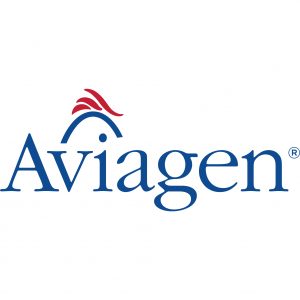

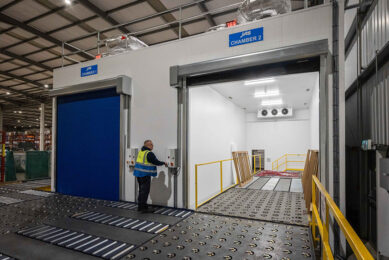
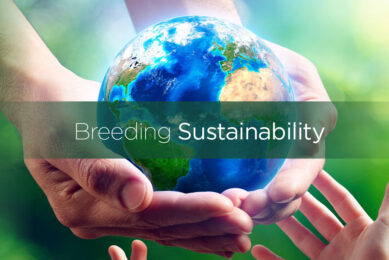
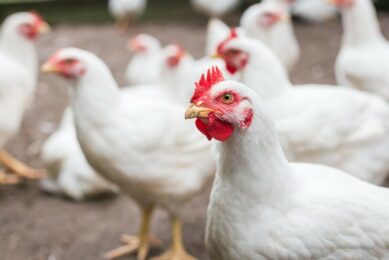
 WP Admin
WP Admin  Bewerk bericht
Bewerk bericht